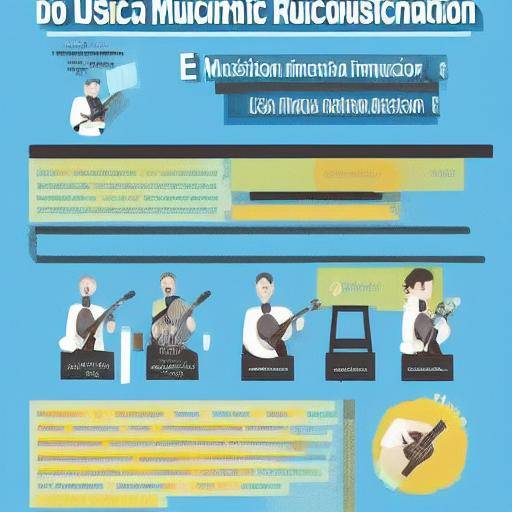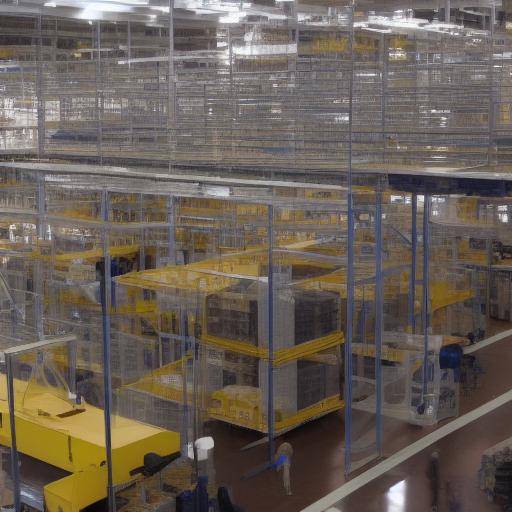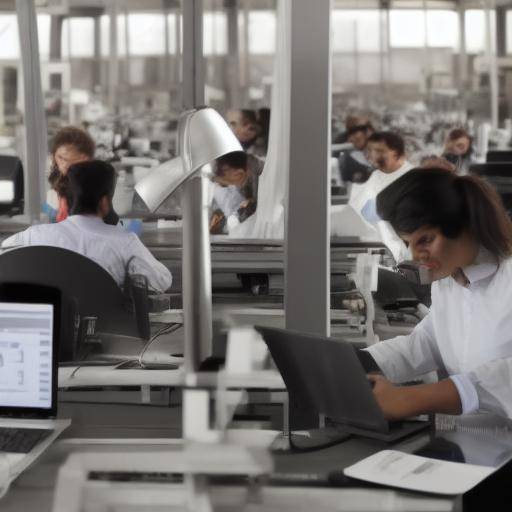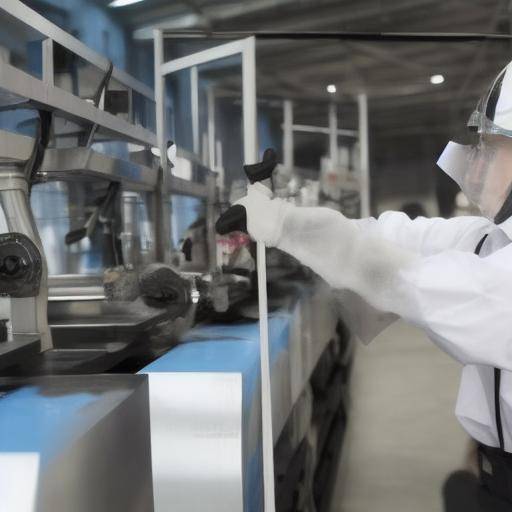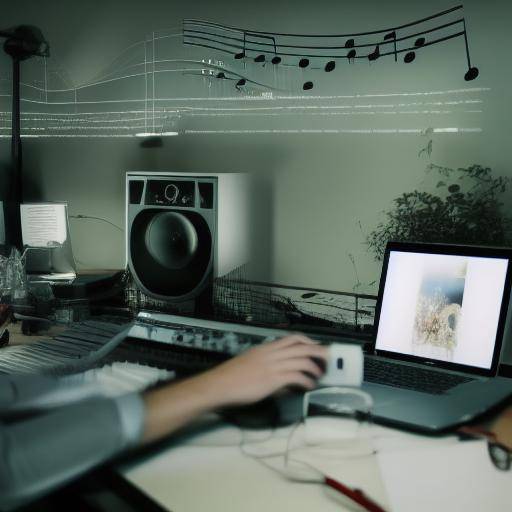
Introduction
Appropriate lighting in the working environment is a crucial factor that can have a significant impact on the productivity and visual well-being of employees. In this article we will explore in depth the interrelationship between lighting and productivity, as well as its influence on the working environment and visual well-being. We will discover the importance of proper lighting design, current trends, best practices and how to optimize the working environment to foster a more productive and healthy environment.
History and background
The relationship between lighting and productivity has deep historical roots. Since the beginning of the industrial revolution, artificial lighting has been a key component in the working environments. The evolution of lighting technology, from incandescent lamps to modern LED lighting, has marked significant milestones in the design of workspaces.
In the 1920s, productivity studies in relation to lighting at Western Electric Company factories in Hawthorne, Illinois laid the foundation for modern understanding of the importance of lighting in job performance. These experiments, known as "Hawthorne Studies", revealed that the productivity of workers increased not only with better lighting, but also as a result of the attention and interest shown by researchers in working conditions.
In-depth analysis
Appropriate lighting not only affects productivity, but also has a significant impact on the visual well-being of employees. Recent research has shown that inadequate lighting can cause visual fatigue, headaches and negatively affect mood, which in turn reduces productivity and job satisfaction.
A well-lit and ergonomically designed working environment not only improves productivity, but also contributes to reducing mistakes, reducing labor absenteeism and fostering a more positive and focused working environment.
Comprehensive review
The implementation of adaptable and customizable lighting systems, combined with the integration of natural light, has proven to be an effective strategy to improve productivity and visual well-being. Studies have shown that exposure to natural light during the day is linked to better sleep and increased labour productivity.
Careful planning of lighting distribution, light color temperature and nozzle reduction are key strategies to optimize the working environment. In addition, the implementation of short breaks for the rest of the view, as well as the promotion of physical activity during the day, can contribute significantly to improving productivity at work.
Comparative analysis
By comparing the influence of lighting, working environment and visual well-being, it is clear that these elements are intrinsically interconnected. A well-lit, ergonomically designed and visual well-being environment promotes the concentration, creativity and efficiency of work. The review of these aspects as a whole is essential to maximize productivity and overall well-being at work.
Accessible practical advice and advice
To improve lighting in the working environment and increase productivity, it is essential to consider the application of adaptable lighting strategies that meet the individual needs of employees. In addition, fostering healthy habits, such as taking regular visual breaks and promoting exposure to natural light, can make a significant difference in employee productivity and well-being.
Industry perspectives and expert reviews
Experts in interior design and ergonomics have emphasized the importance of considering lighting as a key element in creating efficient and healthy working environments. Leading companies in the market are investing in intelligent lighting solutions that adapt to the individual needs of employees, which not only improves productivity, but also reduces stress and visual fatigue.
Case Studies and Real Life Applications
Several companies have made significant changes in lighting design in their workplaces and have noted significant improvements in the productivity and well-being of their employees. Technology, consulting and manufacturing companies have shared their successful experiences by adopting innovative lighting strategies that have improved the working environment and performance of their equipment.
Future trends and predictions
As the importance of lighting in the working environment continues to grow, companies are expected to remain engaged in intelligent and sustainable lighting solutions. The integration of technologies such as the Internet of Things (IoT) in the design of workspaces will allow a higher level of customization and adaptability in lighting to optimize productivity and visual well-being.
Conclusion
The relationship between adequate lighting, labour productivity and visual well-being is a key aspect in managing efficient and healthy working environments. Understanding the importance of lighting in job performance and visual comfort, companies can take concrete measures to improve the quality of their workspaces and cultivate an environment that promotes the success and well-being of their employees.
Frequently asked questions
How does lighting affect job performance?
Lighting influences concentration capacity, visual efficiency and mood, all of which can affect productivity at work.
What kind of lighting is best suited for working environments?
LED lighting with adjustable color intensity and temperature regulatory options is considered ideal for working environments, as it allows to adapt to specific lighting needs.
What measures can be taken to reduce visual fatigue in the working environment?
Reduce dazzling, adjust the intensity of lighting according to the tasks performed and promote regular visual pauses are effective strategies to reduce visual fatigue in the working environment.
How does the labour productivity of natural light affect?
Exposure to natural light has proven to improve sleep quality, reduce fatigue and increase the feeling of well-being, which can have a positive impact on labour productivity.
What is the importance of considering visual well-being in the working environment?
Visual well-being influences the comfort of employees, their ability to perform visual tasks and their overall satisfaction at work, which in turn can affect productivity and labor commitment.
How can companies implement adaptive lighting strategies?
Companies can consider the implementation of intelligent lighting systems that adapt to the individual needs of employees, as well as the incorporation of natural light into the design of their workspaces.
With the information presented in this article, readers are expected to gain a deeper understanding of the importance of adequate lighting in productivity, working environment and visual well-being, as well as practical strategies to optimize these aspects in their own working environments. By prioritizing appropriate lighting, companies can foster an enabling environment for the success and well-being of their employees.




